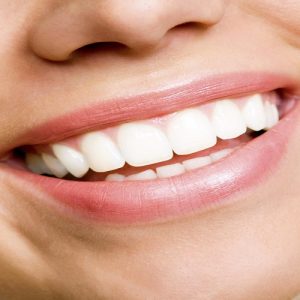Your smile isn’t complete without your pearly whites sticking out. In case you already have a set of discolored teeth, tooth bleaching can come in handy to help you lighten them up. Apart from that, contacting a teeth whitening gel syringe factory for your teeth bleaching agents can help you solve the problem of discolored teeth.
There are two methods of bleaching; internal and external bleaching. This article explains what they both mean in detail.
Internal and External Bleaching – Differences
1. Internal Bleaching
This is a tooth bleaching process that requires direct access inside the tooth. This process of bleaching is often carried out when you discover a specific discolored or darkened tooth In your mouth. Tooth darkening often occurs when there’s an infected or traumatized nerve in the tooth that has died.
After the tooth has been noticed, a procedure that involves the tooth canal is carried out. This procedure helps to get rid of the nerve from the tooth canal. This root canal therapy prepares the pulp chamber for free access. The pulp chamber is where the bleaching agents or materials are placed.
Further, the cotton pellet is mixed with the bleaching agent and placed in the middle of the affected tooth. It’s also covered with material, temporarily filling it to keep the opening sealed.
The patient is advised to leave the material in their tooth for at least one week, and then visit the dentist to check the outcome of the process. The internal bleaching procedure is to be repeated until there’s a visible change in the tooth.
2. External Bleaching
This is the direct opposite of the former, and it’s done in two ways. For the first one, the dentist takes samples from your teeth and makes a custom bleaching tray for it. After the tray is made, you will be given a bleaching kit (alongside the tray) to go home and bleach your tooth yourself. Instructions on how you can go about the bleaching process are also provided by the dentist.
Note, external bleaching may cause the teeth to become highly sensitive. In case you notice this, ensure to report to your dentist, and necessary steps on how to curb the sensitivity will be given.
The second method of external bleaching involves you visiting the dentist’s office. There’s an operating chair where you’re made to sit, while the dentist places the bleaching compound on your teeth after a few preparations. The external tooth bleaching process lasts approximately one hour.
Why Should You Bleach Your Teeth?
Your smile is a huge part of your personality. Bleaching your teeth correctly helps to rid stains off your teeth, and in turn, allows you to give off bright smiles. This also builds your self-esteem and reduces the chances of you feeling embarrassed as a result of an unattractive smile.
Also, most people who have bleached their teeth in the past tend to have an overall improvement in oral hygiene. Knowing that your teeth are white boosts your eargerness to always brush and take proper care of your teeth.
